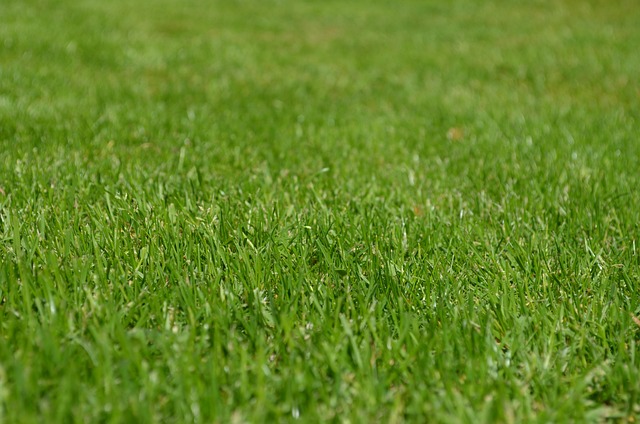Lawn Care and Landscaping relies on understanding grass needs, climate, soil type, and species to design tailored irrigation plans. Water requirements vary based on grass types, with drought-tolerant grasses needing less water. Soil types dictate watering frequency and depth: sandy soils require frequent, short waterings, while clay-rich soils benefit from deep, infrequent irrigations. System selection is guided by property size, layout, and vegetation, ranging from hand-held sprinklers for small areas to drip or sprinkler systems for larger landscapes. Installation involves meticulous planning, including soil, slope, and vegetation assessment, and requires regular maintenance for optimal performance.
“Elevate your lawn care game with an efficient irrigation system—the cornerstone of any thriving landscape. This comprehensive guide navigates the process from understanding your lawn’s unique water requirements to selecting the ideal irrigation setup for your space.
We’ll walk you through the installation process, offering insights on planning, selection, and maintenance tips for optimal performance. Discover how to transform your outdoor space with effective Lawn Care and Landscaping techniques, ensuring a lush, vibrant garden year-round.”
- Understanding Your Lawn's Water Needs: A Foundation for Effective Irrigation
- Choosing the Right Irrigation System for Your Landscape
- Installation Process: From Planning to Maintenance Tips for Optimal Performance
Understanding Your Lawn's Water Needs: A Foundation for Effective Irrigation

Irrigating your lawn effectively is an art that requires understanding its unique water requirements. Every lawn is different, and factors like climate, soil type, and grass species play a crucial role in dictating how much water it needs. In the realm of lawn care and landscaping, this knowledge forms the foundation for efficient irrigation systems.
By assessing your lawn’s specific needs, you can tailor your irrigation strategy. For instance, understanding whether your grass is drought-tolerant or requires consistent moisture allows for targeted watering. This approach not only conserves water but also ensures your lawn thrives. Landscapers and homeowners can then design an irrigation plan that includes the right timing, duration, and frequency of watering, creating a lush and healthy outdoor space.
Choosing the Right Irrigation System for Your Landscape

Choosing the right irrigation system is a crucial step in achieving an efficient and thriving lawn care and landscaping routine. The first consideration is understanding your landscape’s unique needs. Factors like soil type, climate, and existing vegetation greatly influence water requirements. For instance, sandy soils may need more frequent but shorter waterings, while clay-rich soils benefit from deeper, less frequent irrigations.
Additionally, the size and layout of your property play a significant role in system selection. Residential properties with expansive lawns or larger commercial landscapes might require drip irrigation or sprinkler systems tailored to their dimensions. These systems efficiently deliver water directly to plant roots, minimizing waste. Conversely, simple hand-held sprinklers are suitable for smaller areas, offering targeted watering solutions that enhance both lawn care and overall landscaping aesthetics.
Installation Process: From Planning to Maintenance Tips for Optimal Performance

The installation process of an irrigation system is a meticulous task that requires careful planning and execution to ensure optimal lawn care and landscaping results. It begins with assessing your property, considering factors like soil type, slope, and vegetation to design a tailored system. This includes selecting suitable sprinklers, pipes, and control valves compatible with your yard’s unique needs.
Regular maintenance is vital for sustained performance. Keep the system clean by removing debris from nozzles and filters to prevent clogs. Schedule seasonal adjustments to watering patterns based on weather changes, ensuring the lawn receives adequate hydration during dry spells while avoiding water wastage. Timely inspection of leaks and repairs can also prevent significant water loss, contributing to a lush and vibrant landscape.
Irrigation system installation is a key component of effective lawn care and landscaping. By understanding your lawn’s water needs, selecting the appropriate system, and following proper maintenance tips, you can ensure optimal performance and healthy, vibrant landscapes. Investing in efficient irrigation practices not only conserves water but also contributes to the overall sustainability and beauty of your outdoor space.




